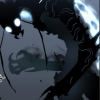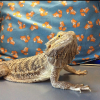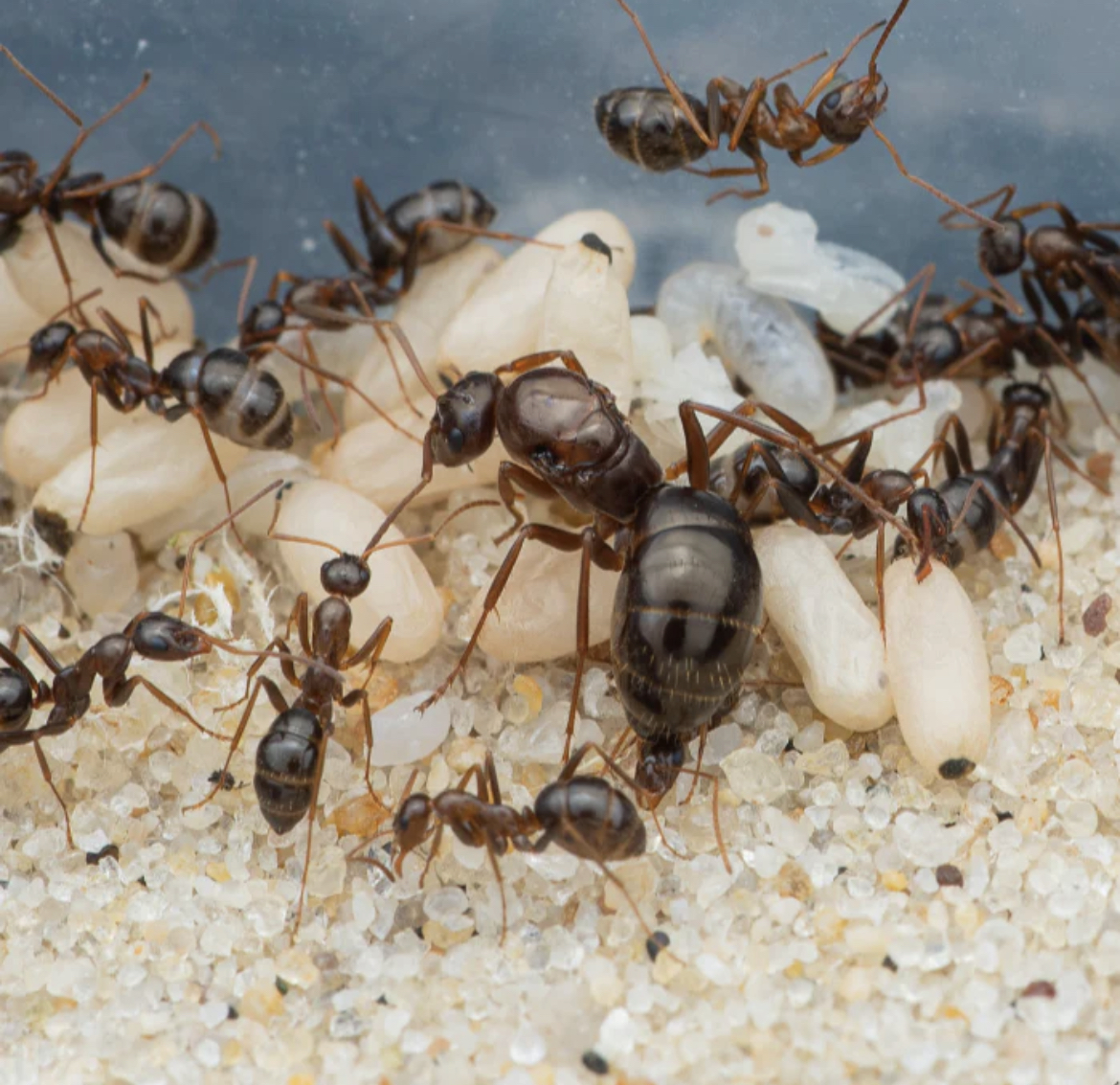

I’ve had no luck with photo ID apps. They keep telling me it’s winter ants but that doesn’t seem right. Need some help.
Found in northern VA mountains in early July (nuptial flight in that time). Nanitics are black and queen appears to be a darker brown. She is very skittish and so are the workers and the pupa have cocoons and develop in about 25-30 days. The queen is about 1 1/2 - 2 cm in length and the nanitics are 1 cm in length.

Edited by jayhautz, August 15 2022 - 8:27 AM.





















